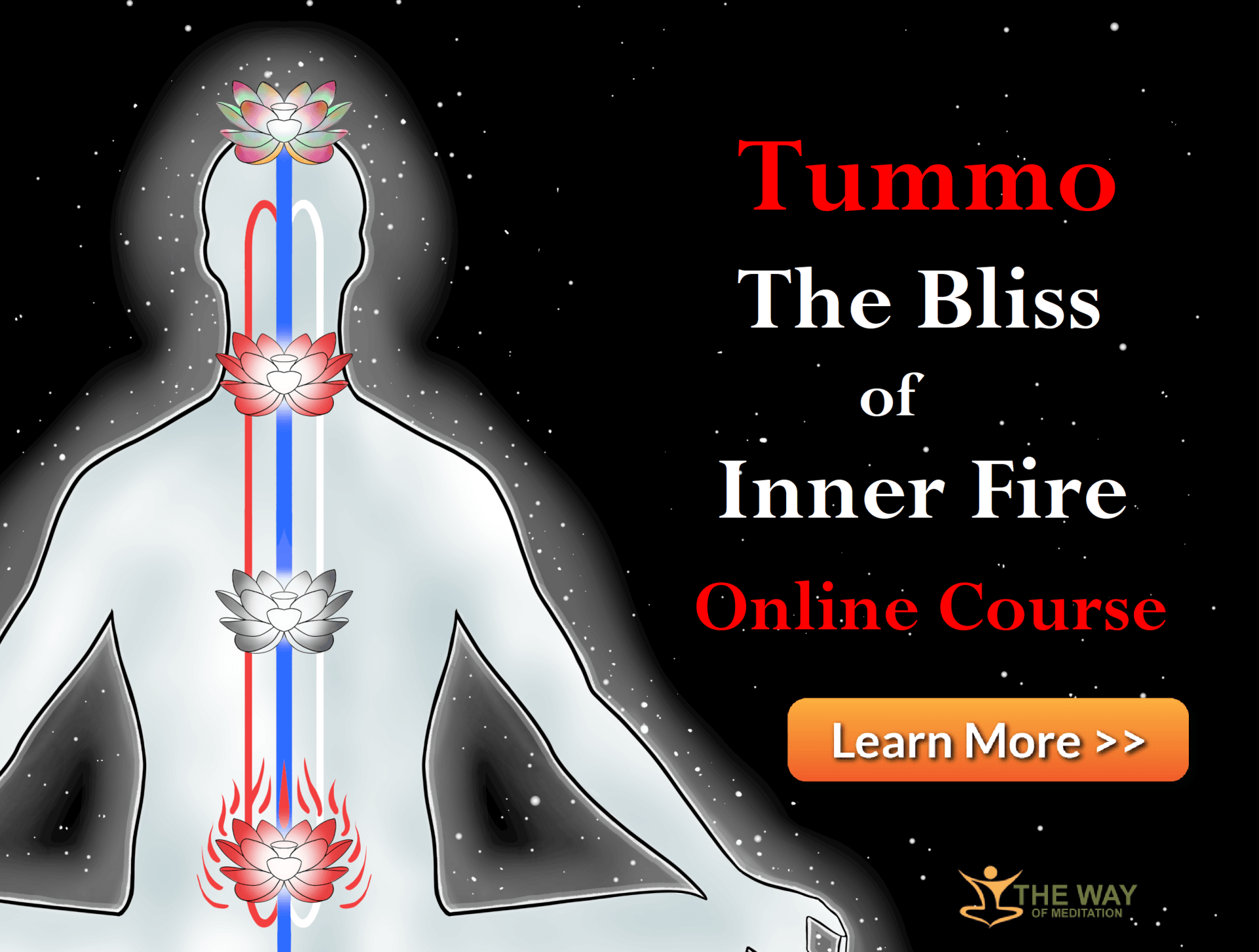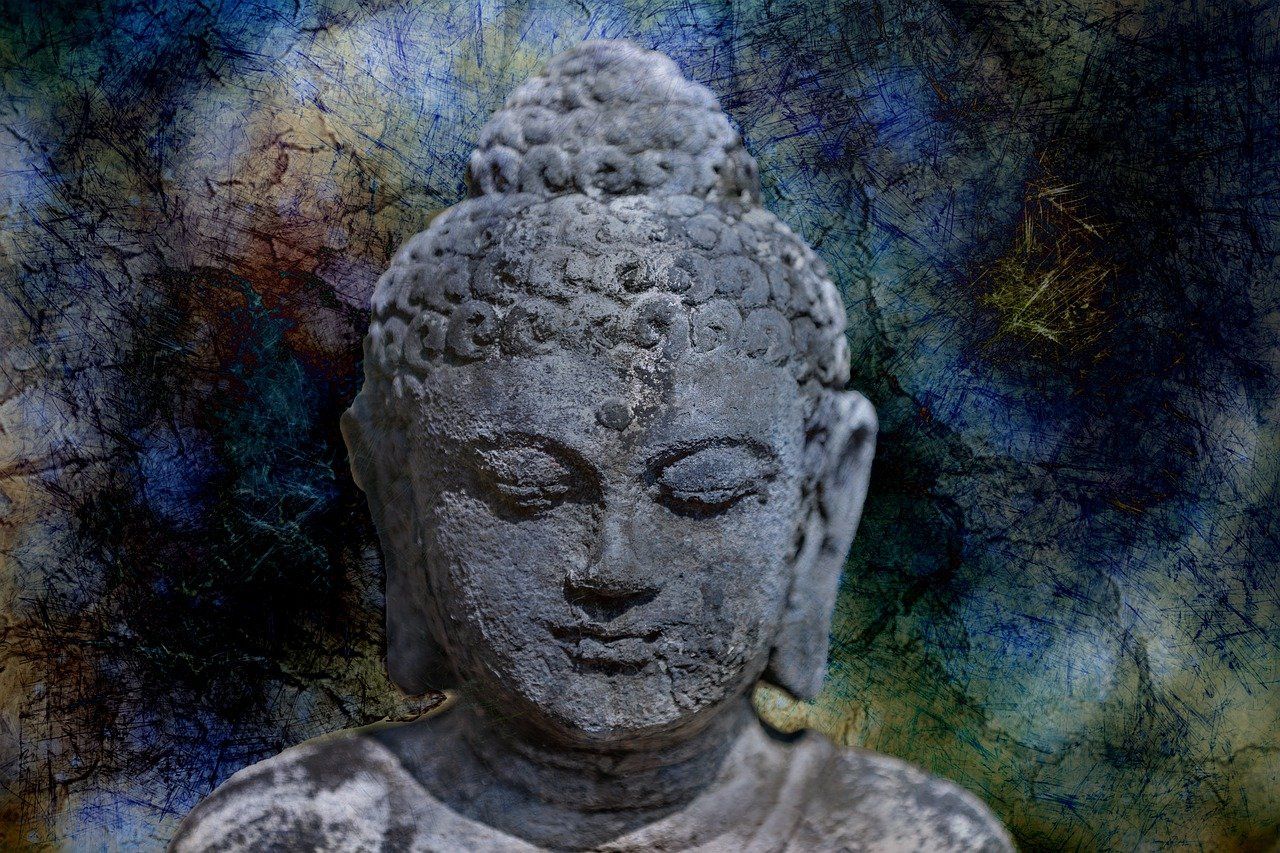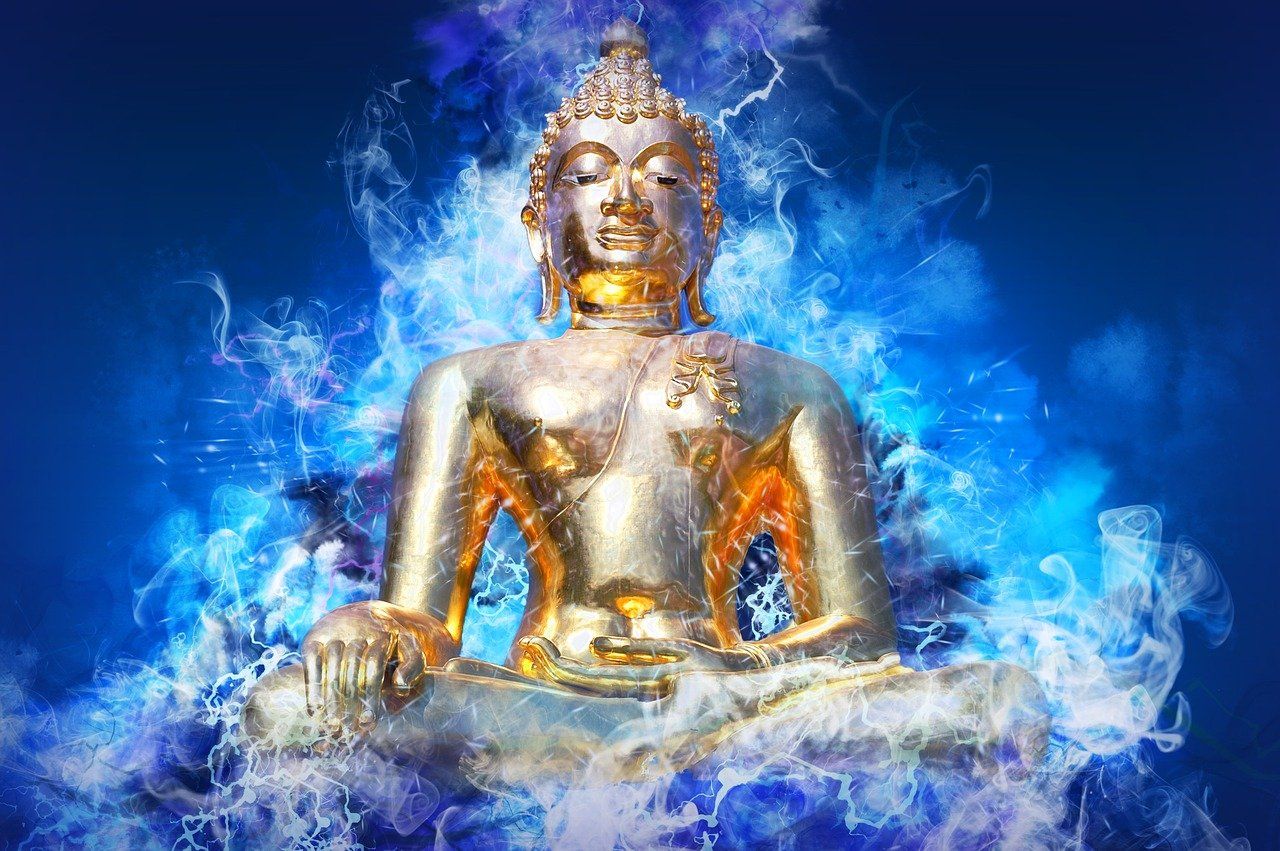The Way of Meditation Blog
Bringing Ancient Wisdom Into The Modern World
The Tibetan Science of Healing
Azriel ReShel • June 17, 2016
Tibetan Medicine and How it Works
Tibet, the land of snow mountains, once an isolated secret kingdom, has a centuries old medicine system, called Sowa Riga, which means the Science of Healing. Once a Tibetan monastic secret knowledge, the lineage of this system can be traced back to at least the first century AD and is still going strong today.
Tibetan medicine teaches that the purpose of life is to be happy. By using Tibetan medicine for self-care, it is possible to become aware of how your thoughts and behaviours influence your health and happiness. Tibetan medicine includes philosophy, science, and healing practices that can help create and maintain a healthy mind and body. It is a holistic mind body medicine from the roof of the world that makes use of rare herbs grown at high altitudes.
Tibetan medicine teaches that the purpose of life is to be happy.
Tibetan medicine teaches that the purpose of life is to be happy. By using Tibetan medicine for self-care, it is possible to become aware of how your thoughts and behaviours influence your health and happiness. Tibetan medicine includes philosophy, science, and healing practices that can help create and maintain a healthy mind and body. It is a holistic mind body medicine from the roof of the world that makes use of rare herbs grown at high altitudes.
Tibetan medicine teaches that the purpose of life is to be happy.
Principles of Tibetan Medicine
Loong is the source of the body’s ability to circulate physical substances (e.g. blood), energy (e.g. nervous system impulses), and the non-physical, such as thoughts.Bad-kan is characterised by the characteristics of cold, and is the source of many functions such as aspects of digestion, the maintenance of our physical structure, joint health and mental stability.
Tripa is characterised by heat, and is the source of many functions such as thermoregulation, metabolism, liver function and discriminating intellect.
The Tibetan Medicine system is an art and science of keeping these primary energies in balance with your constitution. Each of us has a unique constitution with both strengths and weaknesses and by understanding this makeup, we can enhance our strengths and transform our weaknesses.
Tibetan medicine shares that there are four basic principles: karma, suffering, healing and happiness. It works to balance the body and mind.
The Infuence of Buddhism
Tibetan Medicine focuses on the direct healing of the patient’s body/mind with the help of the appropriate medicines, diet, behaviour and therapies to pacify the result of mental negative passions. Physical medicine was not considered enough to uproot the causes of disease; therefore Buddha taught the method to become aware of, and to pacify, negative emotions.
Physical illness from the Buddhist perspective, is closely bound with mental, social and spiritual illness. Disturbing emotions such as the three mental poisons of attachment, anger and closed-mindedness, are said to cause disharmony in bodily energies and can cause disease. For Buddhists, when the mind is liberated from ignorance and delusion, it is considered to be “free from disease.”
Bodhisattvas should learn the art of healing in order to help others and to liberate them from suffering – the Buddha
It is inspiring to understand that Tibetan doctors are called upon to express the Bodhisattva’s perfection in their medical practice. The Medicine Buddha is seen as the source of medical teachings and the inspiration for proper practice as a doctor. Yet, His Holiness emphasises that you don’t need to know anything about Buddhism to benefit from Tibetan Medicine.
How It Works
Tibetan medicine was practiced throughout the Tibetan Plateau, Himalayas and Central Asia. Today it is practiced all over Asia and in the West. The Chinese often label Tibetan medicine as the Tibetan branch of Chinese Medicine but it is a unique and separate system. Despite the Cultural Revolution, censorship and persecution of practitioners, remarkably Tibetan Medicine is said to have remained relatively intact and with Tibetans leaving their homeland in search of freedom, this amazing healing system has spread far and wide.
There is a strong base of Tibetan Medicine in Dharamsala, where his Holiness the 14thDalai Lama founded the Men-Tsee-Khang (Tibetan Medical and Astrological Institute) in 1961. This medical college educates post-high-school students during a six-year intensive program to become a doctor of Tibetan medicine. Tibetan Medical knowledge is summarised in the Four Medical Tantras, a book first formalised in the 7th century and still taught today. According to the ancient treatise of Tibetan Medical Knowledge, the Tibetan concept of health and disease is illustrated as a tree with two stems.
Tibetan medicine was practiced throughout the Tibetan Plateau, Himalayas and Central Asia.
“The first stem deals with the healthy body. It has three branches, 25 leaves, two flowers and three fruits. The first branch bears 15 leaves representing the three humours and their five types. These are depicted in the three different colours blue, yellow and white signifying the humours lung, mkhris-pa and bad kan, respectively.
“The second branch has seven leaves representing the seven bodily constituents. The third branch bears three leaves, which stand for the three bodily excretions.
The two flowers stand for a healthy and long life and ultimately serve as the basis for attaining the three fruits: spiritual accomplishment, wealth and happiness.
“The second stem deals with the diseased body. It comprises of nine branches and 63 leaves. The first branch has three leaves, which stand for the three specific distant causes of disorder: attachment, hatred and closed mindedness. The second branch bears four leaves depicting the four conditions that trigger disorders: seasonal changes, evil spirit influences, diet and behaviour. The third branch has six leaves representing the six areas of inception of diseases. The fourth branch possesses three leaves showing the main locations of the three humours. The fifth branch has 15 leaves, which illustrate the pathways of the humours. The sixth branch has nine leaves representing the humoral diseases in relation to age, place of occurrence, maturation period and seasonal changes. The seventh branch has nine leaves signifying the nine fatal disorders. The eighth branch shows 12 leaves depicting the twelve contraindications due to inappropriate treatment. The ninth and the last branch has two leaves, which represent hot or cold disorders.” – Men-Tsee-Khang Institute, Dharmsala
How Does Tibetan Medicine Differ to Ayurveda, Traditional Chinese Medicine and Yoga?
Tibetan medicine and Ayurveda both see the energy system as having three primary energiest, while Chinese Medicine (TCM) has only two energies, hot (yang) and cold (yin). Tibetan medicine and Ayurveda use different terminology, but their understanding of the three primary energies is similar.
Tibetan medicine, like Ayurveda, explains how to create and maintain a healthy body and mind in order to live a yogic way of life. Yogis in Tibet developed Tibetan Yoga, a form of yoga that focuses on breathing, purifying exercises, and healing the mind.
Tibetan medicine has had great success with chronic illnesses regarded by the west as incurable. Karl Lutz, a Swiss drug manufacturer created Padma AG, a company to produce Tibetan healing formulas in 1969 and started manufacturing Padma 28, developed from the traditional Tibetan formula, Gabur 25. The formula contains a complex mixture of plant based active substances. In Switzerland, where there is a strong Tibetan community of exiled Tibetans, it is registered as a medicine and is used to treat circulatory disorders. Clinical trials on Tibetan herbal formulas have been conducted using Padma 28 in Europe since 1970.
Various studies also show a positive effect of PADMA 28 in other chronic inflammatory disease, such as hepatitis, cirrhosis of the liver, multiple sclerosis and rheumatoid arthritis. Scientific research shows Padma 28 is immuno-regulating, anti-inflammatory, cell-protective, anti-oxidative, anti-proliferative, pro-apoptotic, anti-microbial, effect on blood coagulation and platelet aggregation.
Tibetan medicine has had great success with chronic illnesses regarded by the west as incurable.
“In short, the multi-target concept of Tibetan Medicine makes use of complex herbal multicompounds with many active components in very low dosage that act on different metabolic processes at the same time, contributing synergistically to the therapeutic effect.” – Alternative Medicine Foundation.
Physicist and Tibetan medicine researcher, Hebert Schwabl, works with Padma.
“Tibetan Medicine brings us back one of these lost memories of a time when people still had another contact with nature, another contact with the herbal material. So this knowledge of Tibetan Medicine, which is so finely tuned according to the energetic principles of Tibetan Medicine, offers a lot of benefits, especially in complex diseases, in diseases which have many causes, chronic diseases, and in prevention of diseases people will suffer from when they become older.”
Tibetan Medicine is an illuminated healing system which can help us sustain vibrant wellbeing and health by treating the whole person and protecting us from the causes of illness through understanding the spiritual principles of disease. This gift of medicine from the high mountains carries the fragrance of that special unbroken spiritual lineage of peace and wisdom from the land of the snow lion.
Get A FREE
Guided Meditation Series
with Chad Foreman

In today’s fast-paced world, the mind often races, driven by the demands of work, family, and personal ambitions. Meditation is commonly seen as a practice to calm the mind, foster inner peace, and connect with deeper aspects of existence. Yet, one crucial element often overlooked is the state of the body, particularly the nervous system. Relaxing the nervous system isn’t just a preparatory step; it is foundational for unlocking the deeper states of awareness and tranquility that meditation promises. Drawing insights from my journey and teachings, we will explore why this is so vital and how it transforms the meditative experience.











